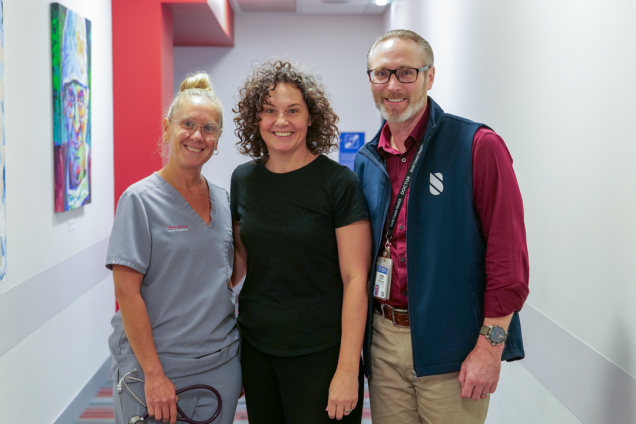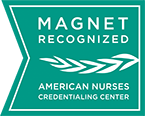
The Gold Coast Health Trauma Service is applying innovative research and data analysis to blaze a new path for trauma recovery services.
The service has a multi-pronged approach to its recovery services, including the Trauma Connect Clinic, the trauma nurse navigator, the Trauma Survivor Network and the Trauma Service follow up program.
The Trauma Connect Clinic, let by Nurse Practitioner Kate Dale, was the first of its kind in Australia six years ago and Gold Coast Health has the only trauma service in Australia with a Trauma Survivor Network.
The trauma nurse navigator, led by Matthew Scott, cares for the complex discharge and recovery process for up to 12 months after discharge, and the follow up program contacts major trauma patients by telephone at six and 12 months.
These complementing models of care put the service at the forefront of trauma recovery. Given that trauma was only established as a specialty 30 years ago and started at GCUH in 2014, and the relative infancy of related recovery models, there’s still work to prove that these models deliver excellent outcomes.
In her role as Trauma Service Research Coordinator, Clinical Nurse Consultant Elizabeth Wake is doing a PhD focused on evaluating the follow up care provided to patients who have experienced serious traumatic injuries.
One of her key findings, following an international literature review and national survey, is that there is no agreed framework to compare the benefits of trauma follow up services.
“We think we’re doing a good job, and we feel like we’re doing a good job, and the patients tell us we’re doing a good job, but we have limited ability to measure it and compare it to other models through a consistent evaluation framework,” Elizabeth said.
That’s not due to lack of data at Gold Coast Health. The Trauma Service intensively collects data on every aspect of the care it provides. It’s the home of trauma data collection Queensland-wide.
The data shows that about 20% of trauma patients have ongoing significant health issues and 50% have pain or emotional health issues six, and 12 months following their injury, highlighting the need for recovery services.
Trauma Connect Clinic lead Kate Dale recently authored a self-evaluation study, published in Contemporary Nurse, finding that the clinic was an efficient model with a high rate of engagement from patients.
“This is something that the Trauma Service are very proud of,” Kate said.
The model has inspired several similar services in Australia. The question remains, though, how does it compare to other trauma recovery clinics, and is there a more independent way to analyse its success?
Elizabeth aims to fill that gap by collecting longitudinal, functional and health-related quality of life outcomes on patients who have experienced major traumatic injuries, which she will use to guide evidence-based advice and guidance for serious trauma patients.
In the meantime, clinician-led self-evaluation using the rigorous data collected by the Trauma service can guide service delivery and constant quality improvement.
“We’ve used the evidence to develop our practice to then generate evidence to inform practice, and the cycle goes on,” Elizabeth said.
“This is the benefit of the team approach of a highly engaged group of clinicians with research embedded in everyday clinical practice, all working to improve patient outcomes.”



